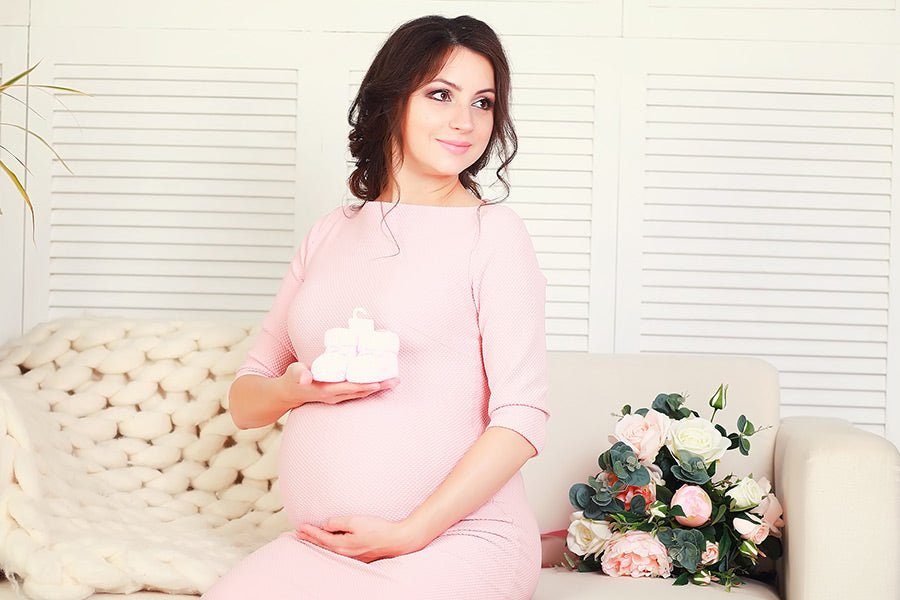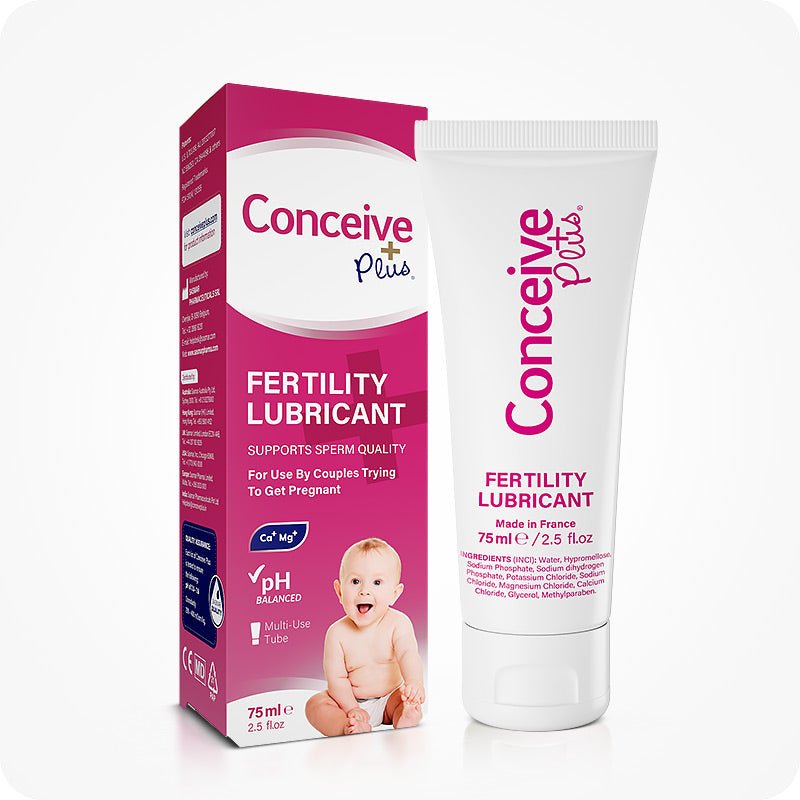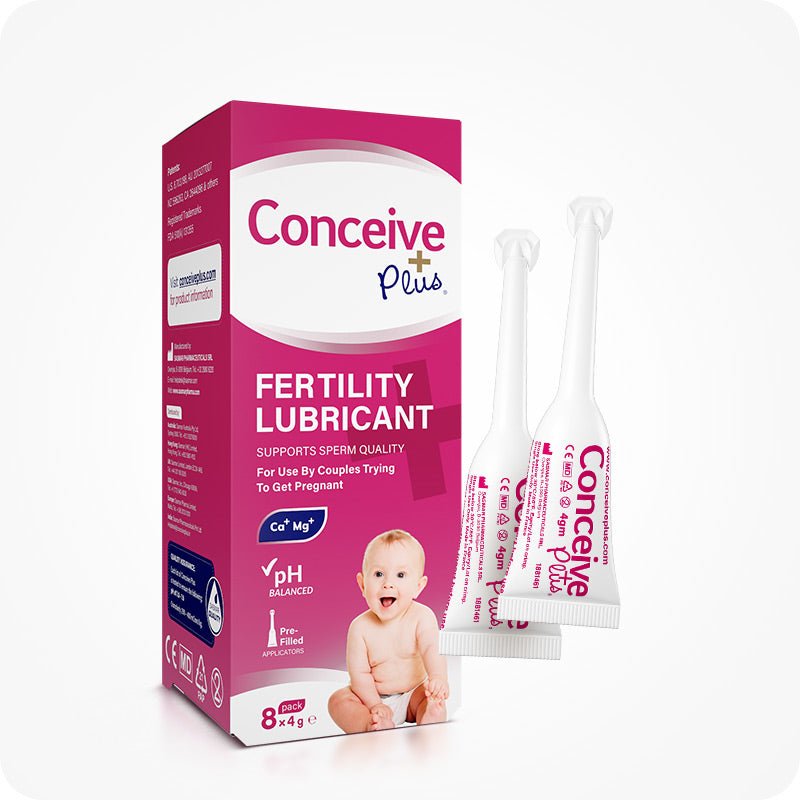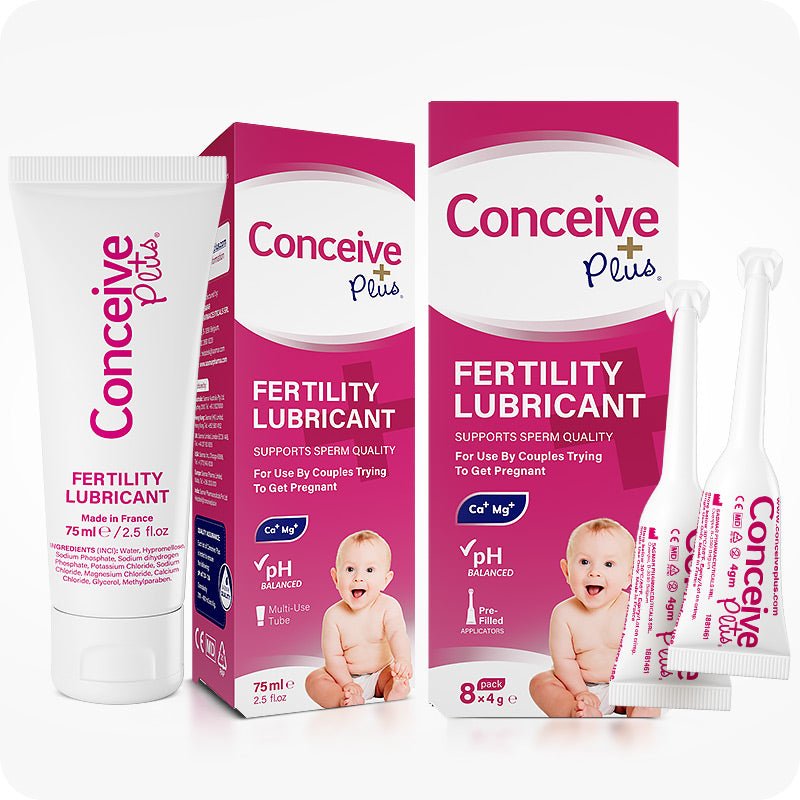Using a Pregnancy Test Viewer to Confirm Pregnancy
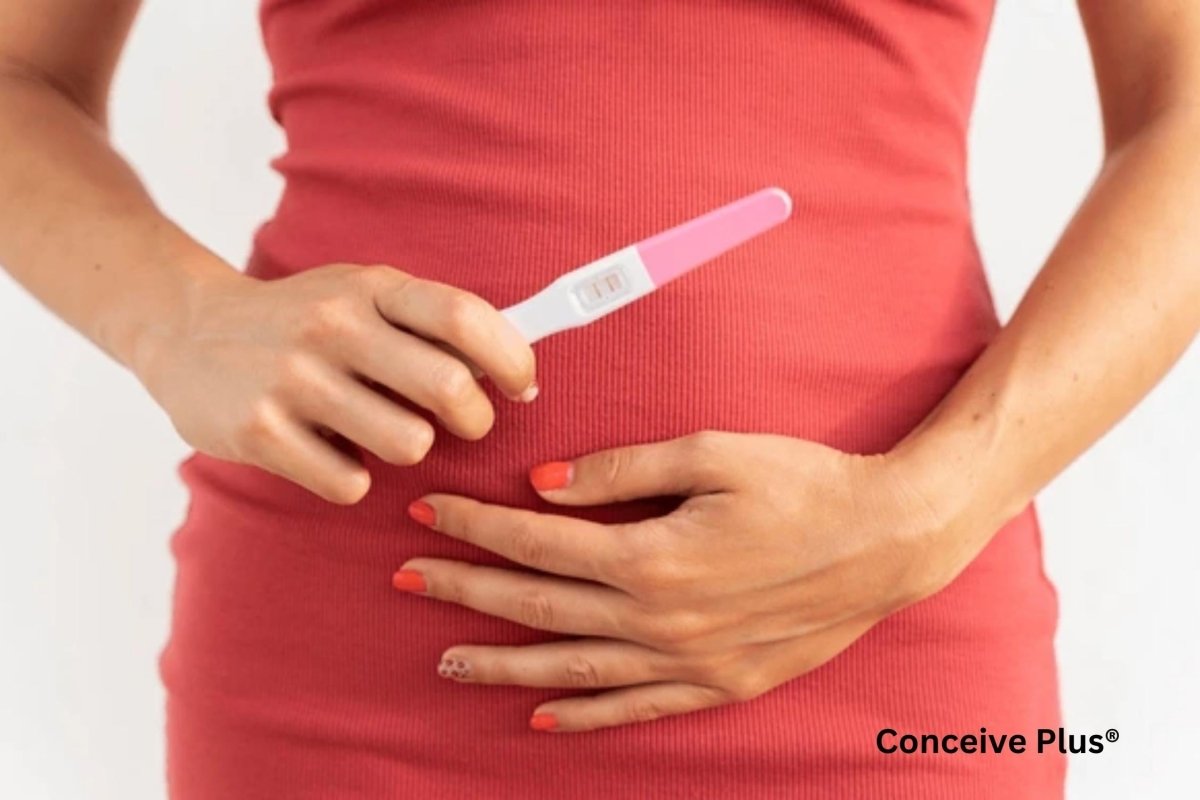
Finding out you are pregnant is an exciting moment in any woman's life. Previously, women used to undergo an inconvenient screening procedure to detect pregnancy, but the advancements in technology have made it significantly easier.
Today, many devices can help you learn whether you are expecting a baby from the comfort of your home. Some of these devices can help you test pregnancy with up to 99% accuracy. In addition to using a pregnancy test viewer, many women can identify if they are pregnant with the help of early pregnancy signs.
How Do Home Pregnancy Tests Work?
You can test your pregnancy at home with the help of pregnancy testing kits. Most home pregnancy tests use a method called lateral flow technology [1]. When you use the test, your urine moves along a strip.
The strip has special chemicals that bind to human chorionic gonadotrophin hormone or hCG if it is present in the urine. HCG is the hormone that your body releases after achieving pregnancy [2]. When the hCG binds to the chemicals in the strip, it produces a color change or a digital message that shows the result.
For example, many tests show one or two lines. One line means the test is working correctly, and two lines mean that hCG is detected. Newer digital tests display words like “Pregnant” or “Not Pregnant,” making it easier for you to understand the result.
Different Types of Pregnancy Testing Devices
Different types of pregnancy devices are available nowadays that work on different principles to help you confirm if you are pregnant or not. The most common types include:
-
Home Pregnancy Tests
You can buy a home pregnancy test checker or home pregnancy test scanner from online retailers or pharmacies near you. They are very popular because they are fast, easy to use, and offer privacy, which can be a major deciding factor for many women.
Home pregnancy testing devices usually detect hCG levels in the urine to confirm pregnancy [2]. Following the instructions carefully can guarantee you accurate results in most cases. They can usually be taken from the first day of a missed period. Some tests even claim to work a few days before your expected period.
-
Blood Pregnancy Tests
Blood tests for pregnancy are performed in a doctor’s office or clinic. These tests can detect pregnancy earlier than urine tests because they can find lower levels of hCG. There are two types of blood tests for pregnancy: qualitative blood test and quantitative blood test [3].
A qualitative blood test gives a simple yes or no answer. In contrast, a quantitative blood test can help you measure the exact amount of hCG. The information about the exact amount of hCG helps your doctor see if the pregnancy is developing normally.
How to Use a Home Pregnancy Test Viewer
Taking a pregnancy test at home is a very straightforward process. Here is a step-by-step guide on how you can test pregnancy at home with the help of pregnancy test kits:
- Read the Instructions: Depending on the manufacturer of the pregnancy test checker, you will find certain instructions in the package about the use of the kit. It is important to read them carefully before you start, as following the instructions can significantly reduce the chances of errors in your test.
- Collect Your Urine: A home pregnancy test scanner usually works best with the first-morning urine [4]. This is because your urine at that time will have a higher concentration of hCG compared to the urine samples from the remaining day.
- Apply Your Urine: If you collect your urine in a cup, you can dip the test stick into it. Alternatively, you can hold the test stick directly in your urine stream without using a cup.
- Wait for the Result: Most tests require you to wait a few minutes after exposing the stick to the urine. The duration varies depending on the testing kit, so it's important to check the instructions for the correct waiting time. For accurate results, avoid checking too early or too late.
- Read the Result: Look at the output window or screen. One line, two lines, or a digital message will indicate whether you are pregnant or not. To understand what each result means, refer to the instruction manual that comes with the test.
Interpreting the Results
When you use a pregnancy test, you may get one of two types of results: positive or negative.
- Positive Result: This means that hCG was found in your urine. A positive test usually means you are pregnant. However, it is a good idea to confirm your result with a doctor’s visit.
- Negative Result: If the test does not detect hCG, it will show a negative result. This means you are likely not pregnant. If you still suspect pregnancy, you can wait a few days and test again because the hormone may not be high enough early on.
Sometimes, these tests may show unclear results or you may struggle to interpret the results. In such a case, it is best to talk with your healthcare provider.
Reliability of Home Pregnancy Tests
Home pregnancy tests are very reliable when you carefully consider all the instructions while taking the test. By following the instructions, most tests guarantee 97% to 99% accuracy.
However, factors such as testing too early or not following the instructions can affect the accuracy. It is also important to use a test that is not expired and to store it in the right conditions. Always check the expiration date before using a home pregnancy test.
Early Pregnancy Symptoms to Look For
Many women accurately detect their pregnancy with the help of early pregnancy symptoms. These symptoms appear as your body starts to undergo different pregnancy-related changes. Based on these symptoms, you can take the “Am I pregnant quiz” to confirm pregnancy. The symptoms include:
-
Missed Period
Missed periods are an early and accurate indication of pregnancy. When the embryo implants into the uterus, the hormonal changes stop the menstrual cycle completely.
This means you won't get periods on the expected day or even after that until childbirth. This is why if you have a regular cycle and your period does not arrive on time, it may be a sign that you are pregnant.
-
Nausea and Vomiting
Commonly known as morning sickness, nausea and vomiting can occur at any time of the day during the early phase of pregnancy. Hormonal changes in the body, especially elevated levels of hCG, are responsible for nausea in the early days of pregnancy [5].
Although not all women experience this symptom, it is very common among expectant mothers. Some dietary modifications and supplements, like Morning Sickness Relief by Conceive Plus, can help relieve nausea.
-
Tender or Swollen Breasts
Hormonal changes during pregnancy also affect your breast tissue. You may experience tenderness, soreness, or swelling, which can be an early sign of pregnancy.
Additionally, the area around your nipples, known as the areola, may darken. However, these changes can also occur due to other factors, so they are not completely reliable indicators of pregnancy.
-
Fatigue
Feeling extremely tired or having low energy levels is common in the early days of pregnancy. Both physical and hormonal changes in the body contribute to this fatigue. The physical changes require a significant amount of energy, which can leave you feeling drained.
Hormonal shifts in the early days of pregnancy, especially the increased levels of progesterone, play a major role in making you feel fatigued. The reason is that the progesterone hormone has a mild sedative effect, which makes you feel sleepier and less active than usual [6].
-
Frequent Urination
You may find yourself going to the bathroom more often than usual in the early pregnancy days. As your body makes more blood and fluids to support the growing baby, your kidneys filter more blood and excrete extra fluid and waste through urine.
Frequent urination is also common in the late stages of pregnancy, but it is due to structural changes in the body. The growing uterus puts stress on the bladder and results in frequent urination.
-
Mood Swings
Mood swings are also a common early sign of pregnancy, primarily caused by hormonal changes. During pregnancy, estrogen and progesterone levels rise, which can lead to increased emotions and irritability. These symptoms improve as your body adjusts to hormonal changes over time.
What to Do After a positive Pregnancy Test?
After a positive pregnancy test, the first step is to visit a doctor to confirm the pregnancy and start prenatal care. Eating a healthy diet with fruits, vegetables, whole grains, and protein is important for both you and the baby [7].
Avoid alcohol, smoking, and too much caffeine, as these substances can harm the baby and increase the risk of miscarriages. Regular light to moderate exercise, like walking, can help you stay healthy and active during pregnancy.
Taking prenatal vitamins, especially folic acid, supports the baby’s growth and lowers the risk of birth defects. Other nutrients like vitamin D, iron, calcium, and iodine also facilitate the normal growth and development of the baby [7]. You can get all these nutrients for pregnancy from prenatal supplements, which are specially designed dietary supplements for expectant mothers.
The Bottom Line
A pregnancy test viewer or pregnancy testing device can help you confirm your pregnancy from the comfort of your home. Most home pregnancy testing devices work by detecting the hCG hormone in the urine, which is a major pregnancy indicator.
Many women can also tell if they are pregnant by detecting early pregnancy symptoms. However, it is a good idea to take an at-home pregnancy test after noticing the symptoms to confirm pregnancy. After a positive pregnancy test, a mother should schedule a visit with her healthcare provider for guidance on her pregnancy journey.
Resources Used
- Zhong, Z., Song, L., Li, C., Sun, X., Chen, W., Liu, B., & Zhao, Y. (2021). Lateral flow biosensor for universal detection of various targets based on hybridization chain reaction amplification strategy with pregnancy test strip. Sensors and Actuators B: Chemical, 337, 129778. https://doi.org/10.1016/j.snb.2021.129778
- Betz, D., & Fane, K. (2023, August 14). Human chorionic gonadotropin. StatPearls. StatPearls Publishing. Retrieved from https://www.ncbi.nlm.nih.gov/books/NBK532950/
- Pregnancy test: MedlinePlus Medical Encyclopedia. (n.d.). https://medlineplus.gov/ency/article/003432.htm
- Professional, C. C. M. (2025, February 12). Pregnancy tests. Cleveland Clinic. https://my.clevelandclinic.org/health/diagnostics/9703-pregnancy-tests
- Lee, N. M., & Saha, S. (2011). Nausea and Vomiting of Pregnancy. Gastroenterology Clinics of North America, 40(2), 309. https://doi.org/10.1016/j.gtc.2011.03.009
- Söderpalm, A. H., Lindsey, S., Purdy, R. H., Hauger, R., & Wit, deH. (2004). Administration of progesterone produces mild sedative-like effects in men and women. Psychoneuroendocrinology, 29(3), 339–354. https://doi.org/10.1016/s0306-4530(03)00033-7
- Jouanne, M., Oddoux, S., Noël, A., & Voisin-Chiret, A. S. (2021). Nutrient Requirements during Pregnancy and Lactation. Nutrients, 13(2), 692. https://doi.org/10.3390/nu13020692
Buy pregnancy tests online at Conceive Plus, the fertility brand helping women to get pregnant naturally. When trying to get pregnant Conceive Plus is the best pregnancy test to order because it provides fast early results. Premium quality pregnancy tests available online today with fast shipping!




